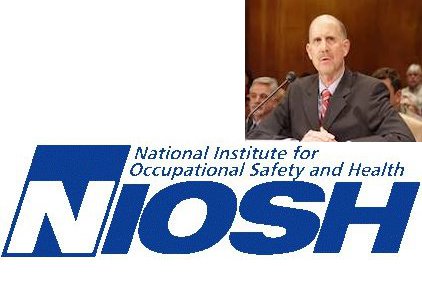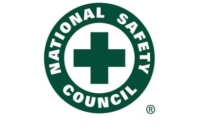 We often speak of our personal and working lives as if they were mutually exclusive. We "go to work" or "come home."
We often speak of our personal and working lives as if they were mutually exclusive. We "go to work" or "come home."
A similar perception of life divided by the company fence has traditionally driven public policy, business practice, and individual initiative for worker health. Typically, a corporate safety and health department is responsible for practices to prevent injuries or illnesses associated with the conditions of work. The human resources department handles insurance duties (including the administration of workers’ compensation insurance for injuries on the job after the fact) and provides assistance for health issues viewed as "life style" or "personal health" choices, such as smoking cessation and stress management.
As the U.S. economy undergoes revolutionary changes, as businesses try to adapt to new market forces, as CEOs seek to rein in spiraling insurance costs, and as scientists and doctors learn more about the nature and causes of illness and injury, the distinctions between work and home become less clear-cut. Our bodies do not compartmentalize exposures according to whether they occurred at work, on the street, or at home. When a child comes down with a mild cold and has to stay home from preschool, the frantic search to find backup day care is both a personal and a work-related stress point, as any working parent knows.
Earlier this year, NIOSH and its partners introduced the Total Worker Health program. This is our vision for identifying and promoting integrated health programs in the workplace and recognizing the multitude of factors that influence a person’s health, safety, ability to work, and well-being in every aspect of their lives. It recognizes that greater advances can be made by addressing the individual’s health and safety holistically-by eliminating hazards at work while also using the workplace as a platform for healthy life choices—than by looking at work and personal life in isolation.
A new article in the on-line edition of the American Journal of Public Health underscores the importance of understanding the interaction of occupational and personal risk factors in workforce health and safety. The paper by Drs. Paul Schulte, Sudha Pandalai, and HeeKyoung Chun of NIOSH, and their colleague, Dr. Victoria Wulsin, identifies eight personal health risk factors (genetics, age, gender, chronic disease, obesity, smoking, alcohol use, and prescription drug use).
It presents 32 examples of the ways in which those factors may interact with occupational risk factors. The integration of occupational and personal risk factors has important implications for other initiatives related to improvements in 21st century healthcare delivery, as Dr. Schulte and his colleagues note.
One such initiative is the current effort by NIOSH and its partners to emphasize the need to regularly include occupational information in medical records, particularly as records systems transition from paper records to electronic records. The opportunities and challenges presented by the incorporation of occupational information into electronic health records were discussed by an Institute of Medicine (IOM) review panel in a recent study requested by NIOSH. The IOM report can be found at http://www.iom.edu/Reports/2011/Incorporating-Occupational-Information-in-Electronic-Health-Records-Letter-Report.aspx .
An upcoming NIOSH Science Blog will discuss the model described by Dr. Schulte and his colleagues. In the meantime, I invite you to read their paper at http://ajph.aphapublications.org/cgi/reprint/AJPH.2011.300249v1 .
As we continue new research to identify and address opportunities for Total Worker Health, I am pleased that the program and the foundational research on which it is built are gaining wider attention. Dr. Casey Chosewood, NIOSH’s Total Worker Health coordinator, spoke recently on the Federal News Radio network about the importance of worker health protection and promotion for the federal government workforce. As more and more federal employees become eligible to retire and as agencies face tightening budgets, it is imperative that we maintain a capable, motivated work force to carry out the multitude of services that society depends on. You can read and listen to Dr. Chosewood’s comments at http://www.federalnewsradio.com/?nid=455&sid=2530513 .
In an article on the web-based news service Medscape, Dr. Chosewood discussed the importance of strategies for addressing age, health, and work. These approaches are critical for providing safe and healthful work today for "chronologically gifted" men and women who wish to remain in the workforce after traditional retirement age. They are also important for helping to sustain an able workforce over the coming decades, so that work-related injuries, illnesses, stress, and wear on the body do not compound the effects of aging as today’s 20-, 30-, and 40-year-old workers grow older. The article is available online at http://www.medscape.com/viewarticle/741559 .
Today, individuals seek to stay healthier so that they can enjoy life to the fullest, companies look for ways to maintain a competitive advantage in the global market, and policy-makers increasingly recognize that preventing injury and illness is an essential part of economic recovery. Total Worker Health offers a wise business model to help attain those goals. Please learn more by visiting our web page at http://www.cdc.gov/niosh/TWH/, and please consider joining our diverse partnership if you have not done so already.



